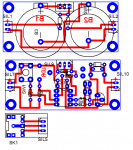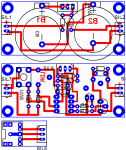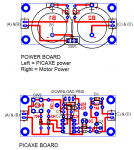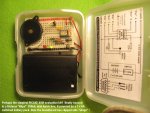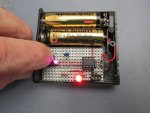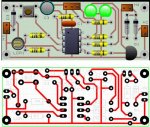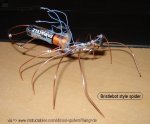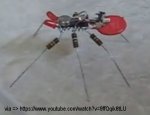reynoldsw87
New Member
Afternoon all.
I have just switched from Genie to Picaxe. I am trying to develop a new project for a year 8 class using an 08M2 chip.
I wanted to have a dedicated download board to program then chip and then a seperate board for the chip to go on in the project.
I am finding conflicting information about what to do with the serial in pin on the board to go in the project (with no download socket).
Attached is a circuit diagram. Please could individuals help me out.
Thank you in advance.
I have just switched from Genie to Picaxe. I am trying to develop a new project for a year 8 class using an 08M2 chip.
I wanted to have a dedicated download board to program then chip and then a seperate board for the chip to go on in the project.
I am finding conflicting information about what to do with the serial in pin on the board to go in the project (with no download socket).
Attached is a circuit diagram. Please could individuals help me out.

Thank you in advance.



